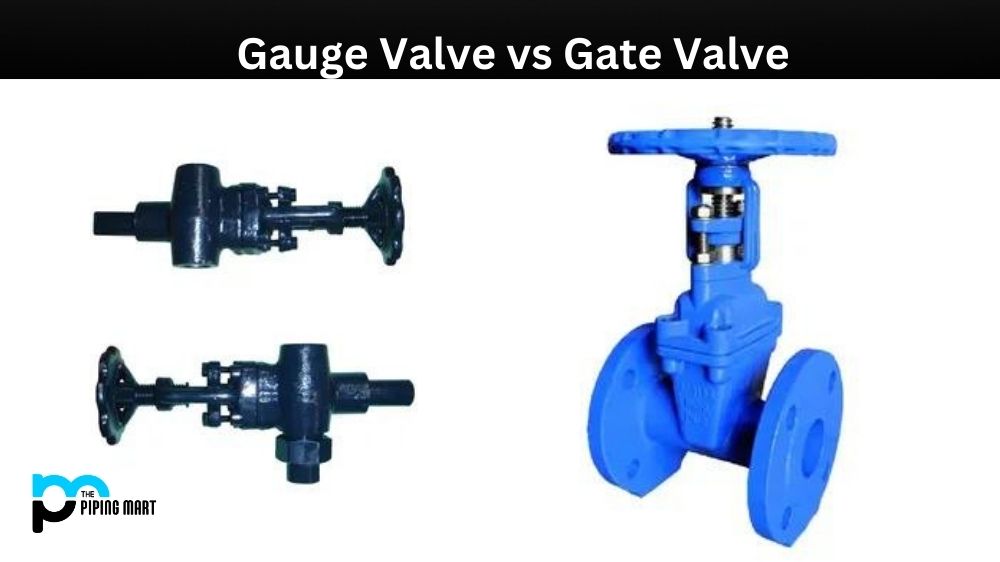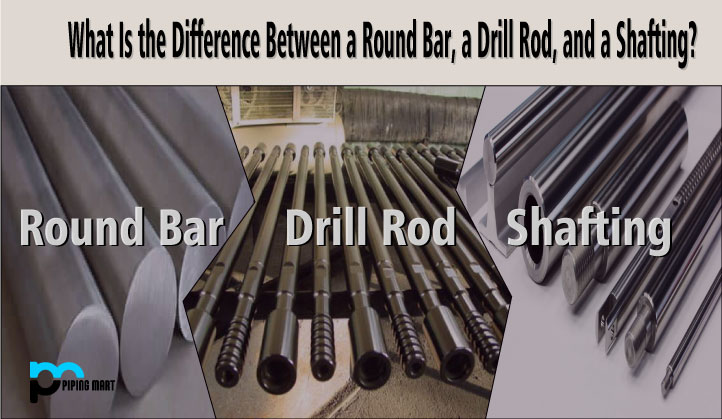When it comes to valves, there are various types to choose from. Two common types of valves are gauge valves and gate valves. While both may sound similar, some important differences between the two are worth understanding. In this blog post, we’ll take a closer look at gauge and gate valves and explain the key differences between the two.
What is Gauge Valve?
Gauge Valve is a type of valve that regulates and controls the flow of liquids and gases to maintain pressure. This type of valve has an inlet port, outlet port, gauge connection, regulating element, body material and stem. It serves several purposes, like allowing accurate pressure measurement or temperature changes affecting process control. Gauge valves are found in many industrial applications, such as petrochemical plants, refineries and power plants.
What is Gate Valve?
A Gate Valve is a type of valve that is used for controlling the flow of fluids through a pipe. It features an opening in the middle which can be opened or closed using a gate-shaped disc, allowing liquid to pass through in one direction and preventing it from flowing back. The gate valve is designed with durability and reliability in mind, making it ideal for many different applications.
Difference Between Gauge Valve and Gate Valve
Function:
One of the primary differences between gauge valves and gate valves is their function. Gauge valves are used to control fluid or gas flow to a gauge or other measuring device. They allow the operator to regulate the fluid or gas flow, ensuring that the gauge receives an accurate reading. Gate valves, on the other hand, are used to start or stop the flow of fluid or gas in a pipeline. They are typically used in applications where a full-bore valve is required.
Design:
Another difference between the two is their design. Gauge valves are typically designed with a small orifice that restricts fluid or gas flow through the valve. They often feature a needle-like or tapered stem, allowing for precise flow rate control. In contrast, gate valves have a much larger opening and are designed with a gate or wedge that moves up and down to control fluid or gas flow.
Pressure Rating:
Gauge valves and gate valves also differ in their pressure ratings. Gauge valves are typically used in low-pressure applications, where pressures do not exceed a few hundred PSI. Gate valves, on the other hand, can be used in high-pressure applications with pressure ratings that exceed several thousand PSI.
Size:
Another difference between the two valves is their size. Gauge valves are typically smaller, with diameters ranging from 1/8″ to 1″. They are often used in applications where space is limited or where high precision is required. Gate valves, in contrast, are typically much larger in size, with diameters that range from 2″ to 48″. They are often used in applications where large volumes of fluid or gas must be controlled.
Cost:
Finally, gauge valves and gate valves differ in their cost. Gauge valves are typically less expensive than gate valves, as they are simpler and smaller in design. Gate valves, on the other hand, can be quite expensive, especially in larger sizes or higher-pressure applications.
Conclusion:
In summary, while both gauge and gate valves have unique advantages, they are best suited for different applications. Gauge valves are great for low-pressure and high-precision applications, while gate valves are ideal for high-pressure applications requiring a full-bore valve. Understanding the differences can help you make the right choice when selecting valves for your process systems.

Abhishek is a seasoned blogger and industry expert, sharing his insights and knowledge on various topics. With his research, Abhishek offers valuable insights and tips for professionals and enthusiasts. Follow him for expert advice on the latest trends and developments in the metal industry.




